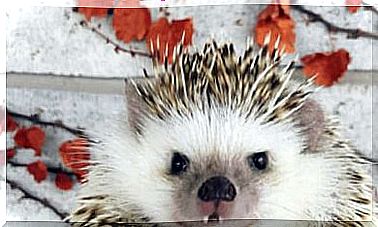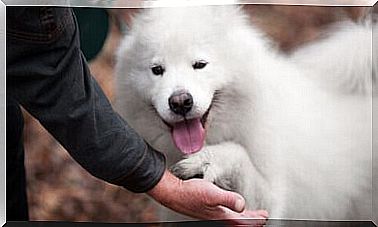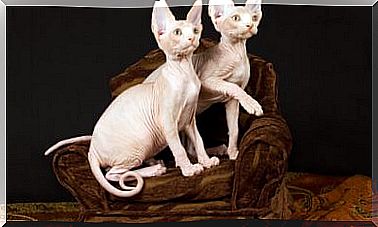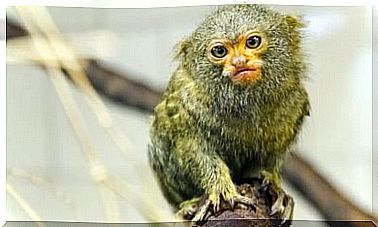Let’s Discover The Black Stork Together
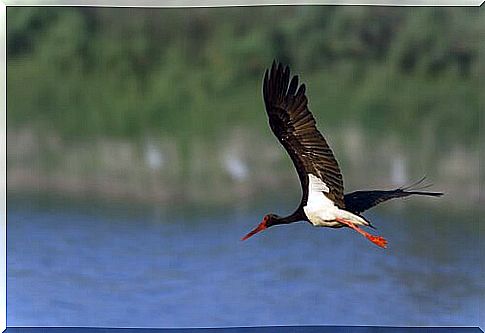
Much less known than its white relative, the black stork is one of the most shy animals of the Iberian fauna, and can be found in Africa, Asia and Europe. Her appearance is very distinctive and recognizable, however her shyness and reserve play against her in terms of popularity.
Characteristics of the black stork
The black stork ( Ciconia nigra ) is a little known long-legged bird. While the white stork can also live in urban areas, its darker relative is much more shy, and nests in isolated areas surrounded by woods and with nearby waters.
It has a very characteristic plumage: it has dark shades in the upper part of the body with iridescent feathers that reflect green and purple tones in the sunlight. The beak and legs turn red with age, eventually turning blood red as an adult. It has white tones in the lower part of the body, and black predominates on the wings.
Where does the black stork live?
This animal lives in much of Africa, Asia and Europe, from the easternmost countries of Europe to Spain and Portugal. It is a migratory bird that travels to Africa.
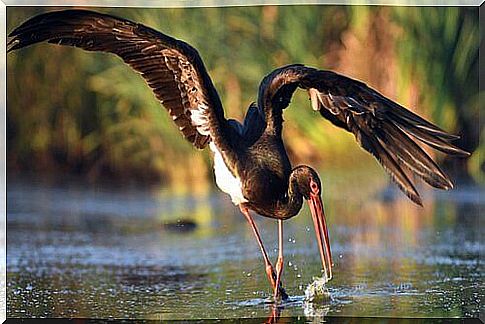
However, there are populations that spend the winter in Spain due to its milder temperatures, more precisely in Doñana, Extremadura and the Tiétar valley.
Their habitat, however, depends on the period: during the summer they can be found in wooded and river areas with cliffs, while in winter they are in stagnations and rice fields.
What is his behavior?
Its nest is made up of branches and moss, it creates it on the rocks and uses it more than once. It lays two to six eggs, which it hatches for 5 weeks. The babies are looked after by both parents, and will start flying after two months.
It is a carnivorous animal, whose main diet is based on fish, but it also eats small mammals, reptiles, crustaceans, birds and insects. Normally, it spends its days in damp areas of land, and inspects the ground for these animals, which it hunts with its harpoon-shaped beak.
Like other scavenger birds, it also appreciates human food scraps. Despite this, it is uncommon to see her in landfills, due to her shyness, and she prefers to get her own food.
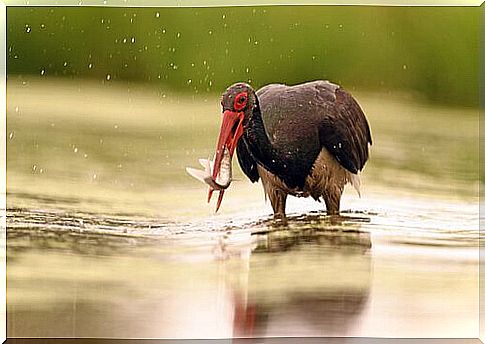
What is its state of conservation?
Its main threat is the human pressure on the areas where it nests: it is an animal very sensitive to the intervention of people on its habitat, and all kinds of noises frighten it.
Forestry, riverine activities and electrical installations also put the black stork at risk. In the Guadalquivir tidal waves, some specimens are hit by gunshots, although this rarely happens. Projects have been started for their conservation, for example in Extremadura.
Despite this, there are many specimens of this species: it is estimated that in Europe there are between 12,000 and 20,000; in Spain there are more than 800. In Denmark, on the other hand, it is considered extinct, and in Germany only 50 specimens remain.



